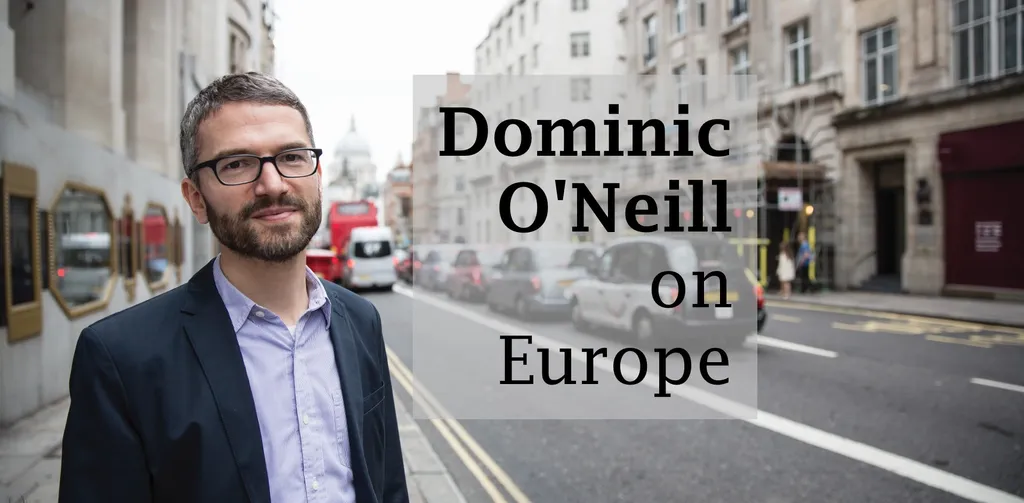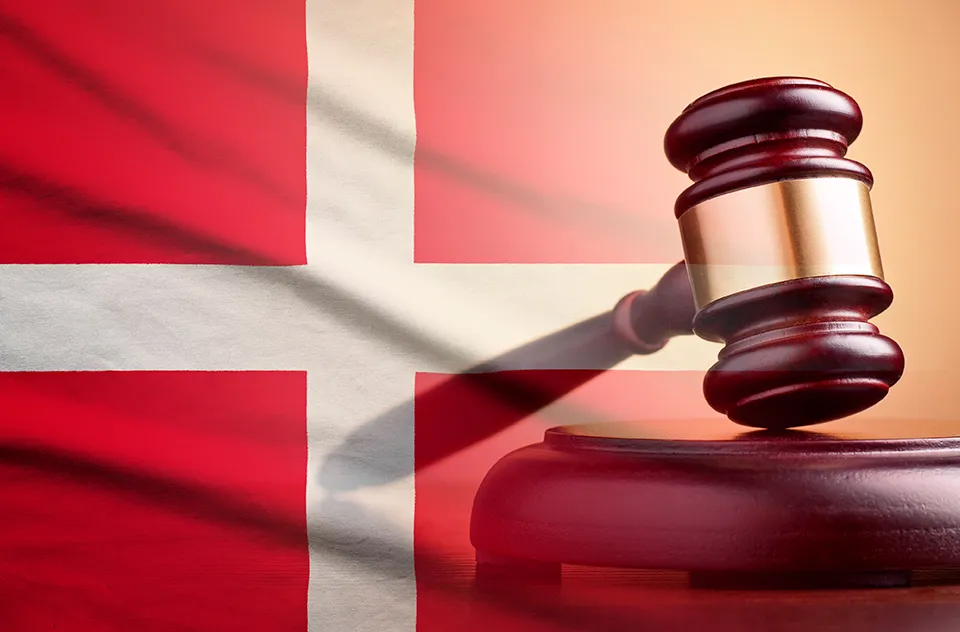For all their claims to be unique regional players, it can be surprising how closely European banks follow their national peers. Two examples underscored this recently: BNP Paribas’s entry into exclusive negotiations over Orange Bank in Europe in late June, and Societe Generale’s sale of various subsidiaries in Africa earlier the same month.
For readers familiar with SocGen’s investment bank, the latter might look like another case of former chief executive Frédéric Oudéa having hung onto businesses that the bank should have exited a decade ago. Indeed, the Africa news is SocGen’s first strategic announcement since Slawomir Krupa succeeded Oudéa in May. Note also that Crédit Agricole sold its banks in sub-Saharan Africa way back in 2008, shortly before it took an axe to its investment bank, far earlier than SocGen.
But the ball on SocGen’s African sales would have started rolling when Oudéa was still in charge. And on closer inspection, these sales look like a corollary of moves by BNP Paribas to sell African banks over the past three years. Some of BNP Paribas’s sales in Africa even went to the same buyers – west African banking groups Vista and Coris – which are now taking over SocGen’s subsidiaries. (Barclays’ sales of African retail banks is another equivalent, with the big difference being how its 2006 purchase of South African lender Absa shaped its 2016 exit from the continent.)
Meanwhile, BNP Paribas’s discussions with French telecoms group Orange also have much in common with SocGen’s agreement to take over ING’s French retail-banking business two years ago. Both are in effect about taking over online-only challenger banks that have failed to gain scale. Both would now instead serve to bulk up the separately branded vehicles that the French banks have used to drive their digital banking development in retail: Hello bank at BNP Paribas and Boursorama at SocGen.
BNP Paribas’s Orange Bank deal would be by a referral agreement for French customers – rather than an acquisition of the bank’s operational capacity – which, again, was the structure for SocGen’s ING France deal.
Tandem dynamic
This tandem dynamic is not restricted to French firms. Consider the two big Spanish banks, BBVA and Banco Santander. They are arguably today the only big banks still following a global model in retail banking, and they frequently react to important events in similar ways. For example, in the early days of Covid-19 and the war in Ukraine, they made precisely the same amounts of charitable pledges – €25 million each for the pandemic and €1 million each for the war.
Moreover, when the Spanish banks changed their executive chairmen leadership structures a couple of years ago, they did so in a similar way – giving the chief executive more purview over countries and regions – and perhaps for a similar reason, as the single European banking supervisor turned its attention to governance. Indeed, about the same time, the big French banks also shifted their leadership structures – so that, in effect, there are two deputy CEOs – in a way that was perhaps most notable for how it followed from what the other French banks did.
Sometimes the banking sector is more special than the bank. It goes back to the specific national context, whether it’s political and economic, or geographic and historic. The French banks have been in west Africa due to France’s colonial past, much like British banks in Asia and Africa, and the Spanish in Latin America. Dutch banks’ presence in commodity trade finance, where they all played an outsized role until recently, also reflects the geography and history of the Netherlands.
Banks of the same nationality are more likely to talk to the same people and to each other. So, it’s no wonder they make almost identical moves
Banks have business models that are typically most different only as a national group – French banks in equity derivatives and car leasing are other examples. Yet they’re impacted by the same changes, including new regulatory and technology-investment demands. That naturally leads them to the same decisions. In Africa, for example, big European banks can no longer give sufficient attention to banks that, while important locally, are tiny in terms of their group profit contribution. Colonial ties have loosened. Homegrown African players are now better able to seize the opportunity.
Whether it’s in English, French, Spanish or Dutch, banks of the same nationality are more likely to talk to the same people and to each other. So, it’s no wonder they make almost identical moves.
This is not to say they’re exactly the same, of course, but it’s a question of degree. As with BNP Paribas in global markets, slightly better underlying strengths will make a bank better able to stay the course when pressures over capital and costs force a close national rival to surrender. That slightly stronger peer might also be able to take the juicier one of two inorganic opportunities: such as when BNP Paribas took over Deutsche Bank’s prime services and electronic equities platform, shortly after SocGen acquired Commerzbank’s equity markets and commodities business.
Similar dynamics have been at play in Italy, too, where UniCredit’s relative weakness versus its closest rival has meant it has sold valuable businesses that Intesa Sanpaolo has kept, while UniCredit has missed out on the more attractive consolidation opportunities, too.
In Italy, like in other countries, outperformance may be less to do with the capabilities of the individual CEOs than with how strengths and weaknesses dating back decades tend to be reinforced over time.




